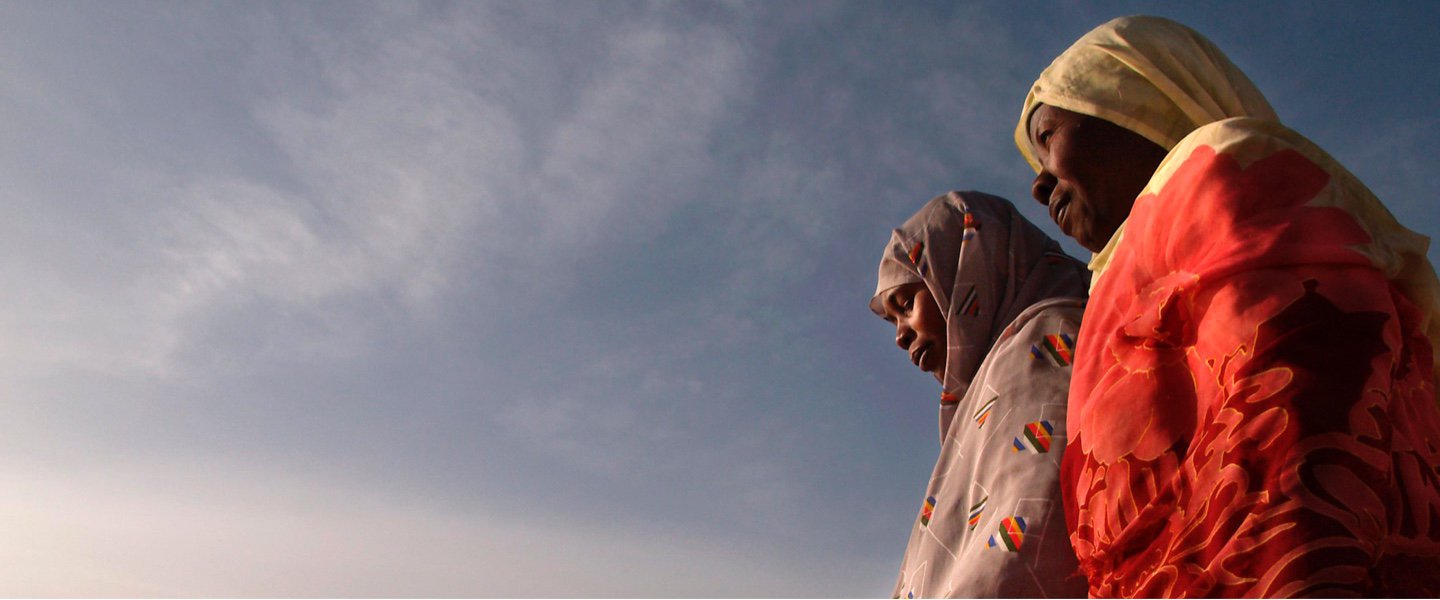From 2015–18, 64,862 people were provided with drainage services, of whom 52% were women. During the same period, 63 women participated in consultation activities during the project implementation.
From 2012–18, 270 kilometers of roads were rehabilitated, generating 4,145 jobs, and 164 kilometers of rural roads were maintained, creating 502 jobs. 374,000 people benefited from this project.
From 2016–18, 16,486 people in urban areas were provided with access to all-season roads, and 1,067 hectares of land area were provided with drainage services benefiting 28,720 people.
49,209 people in urban areas were provided with access to all-season roads within a 500-meter range in 2018, up from 36,299 people in 2016. During the same period, 1,512 hectares of land were provided with drainage services and 28.2 kilometers of urban roads were rehabilitated or constructed.
95.3% of government departments submitted monthly financial statements in 2017, up from 40% in 2014. 62.3% of ministries, departments, and agencies were using official statistics for analyses of current developments in 2017, up from 39% in 2014.
From 2014–17, 30 districts were using automated revenue collection system. During the same period, 96.9% of small and micro enterprise taxpayers filed their taxes using e-tax portal, up from 69.3% in 2014.
From 2009–18, 275,714 households were connected to an electricity grid. 7,135 kilometers of transmission and distribution lines were constructed, and 850 transformers were rehabilitated or replaced. During the same period, 1.3 million people were provided with new or improved electricity service, of whom 659,508 were women. 100% of the customers were using energy efficient light bulbs.
In 2018, 92.1% of the health centers and hospitals, 77.2% of schools, and 94.5% community centers were provided with better access to electricity.
Productivity in targeted irrigated hillside area increased to USD 5,639 per hectare in 2018, up from USD 492 in 2009. During the same period, the productivity of targeted non-irrigated hillside increased to USD 3,471 per hectare, up from USD 469 in 2009.
From 2009–18, 21,500 hectares of land area were treated with comprehensive land husbandry technologies and 2,788 hectares were irrigated. 310,058 people benefited through land husbandry and water harvesting.
Key Achievements
Results

INDICATORS
Life expectancy at birth, total (years)
Debt
Results Stories
Projects

News Updates
Related Documents
Key Achievements
From 2015–18, 64,862 people were provided with drainage services, of whom 52% were women. During the same period, 63 women participated in consultation activities during the project implementation.
From 2012–18, 270 kilometers of roads were rehabilitated, generating 4,145 jobs, and 164 kilometers of rural roads were maintained, creating 502 jobs. 374,000 people benefited from this project.
From 2016–18, 16,486 people in urban areas were provided with access to all-season roads, and 1,067 hectares of land area were provided with drainage services benefiting 28,720 people.
49,209 people in urban areas were provided with access to all-season roads within a 500-meter range in 2018, up from 36,299 people in 2016. During the same period, 1,512 hectares of land were provided with drainage services and 28.2 kilometers of urban roads were rehabilitated or constructed.
95.3% of government departments submitted monthly financial statements in 2017, up from 40% in 2014. 62.3% of ministries, departments, and agencies were using official statistics for analyses of current developments in 2017, up from 39% in 2014.
From 2014–17, 30 districts were using automated revenue collection system. During the same period, 96.9% of small and micro enterprise taxpayers filed their taxes using e-tax portal, up from 69.3% in 2014.
From 2009–18, 275,714 households were connected to an electricity grid. 7,135 kilometers of transmission and distribution lines were constructed, and 850 transformers were rehabilitated or replaced. During the same period, 1.3 million people were provided with new or improved electricity service, of whom 659,508 were women. 100% of the customers were using energy efficient light bulbs.
In 2018, 92.1% of the health centers and hospitals, 77.2% of schools, and 94.5% community centers were provided with better access to electricity.
Productivity in targeted irrigated hillside area increased to USD 5,639 per hectare in 2018, up from USD 492 in 2009. During the same period, the productivity of targeted non-irrigated hillside increased to USD 3,471 per hectare, up from USD 469 in 2009.
From 2009–18, 21,500 hectares of land area were treated with comprehensive land husbandry technologies and 2,788 hectares were irrigated. 310,058 people benefited through land husbandry and water harvesting.


